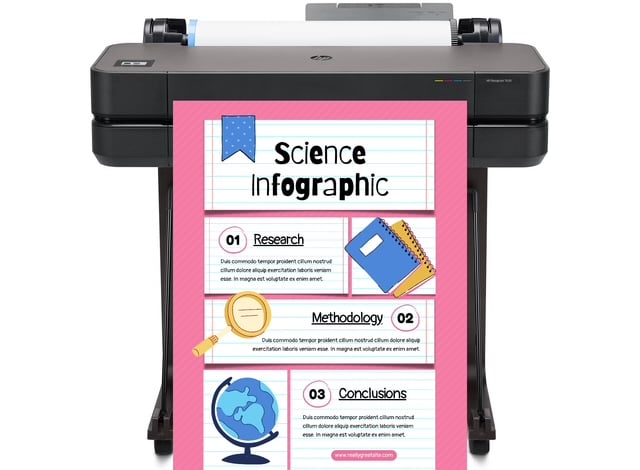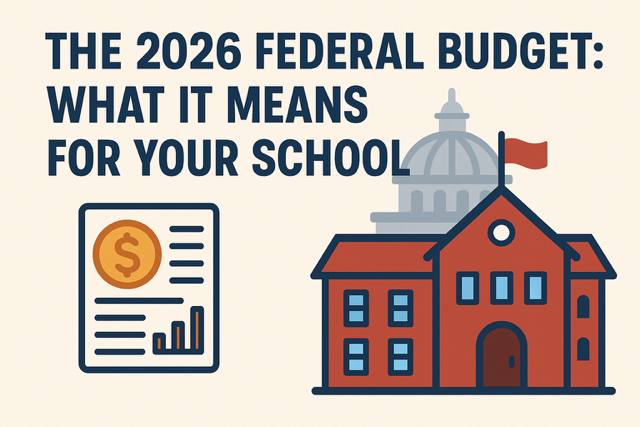
DISCOUNTED EDUCATION PRICING! CALL 1-877-891-8411. We Gladly Accept School Purchase Orders!

America’s schools are staring down a funding cliff.
With the release of the proposed 2026 federal budget, school districts across the country are bracing for cuts that could reshape classrooms, reduce critical services, and strain an already-exhausted educator workforce.
But this isn’t just about numbers on a spreadsheet. It’s about real classrooms, real teachers, and real students — particularly those who rely most heavily on federal education funding.
This blog dives deep into:
Let’s unpack the implications — and how schools can prepare.
While Congress hasn’t passed the final bill yet, the 2026 federal education budget signals clear intent: restraint, especially in discretionary education spending.
Here’s what the proposed budget shows:
| Funding Area | 2025 Budget | 2026 Proposal | Change | Impact |
|---|---|---|---|---|
| Title I – Low-Income Schools | $18.4B | $17.2B | -6.5% | Largest source of federal K–12 funding |
| IDEA – Special Education | $15.5B | $14.6B | -5.8% | Supports IEP services and SPED staffing |
| Teacher Training/PD | $2.2B | $1.5B | -31.8% | Reduces professional learning, mentorship |
| EdTech & Innovation Grants | $1.1B | $500M | -54.5% | Impacts digital equity and infrastructure |
| School Nutrition | $28.8B | $30.1B | +4.5% | Protected as mandatory spending |
🧠 Search keywords used:
federal education budget 2026, Title I cuts 2026, IDEA funding reductions, K–12 federal funding, school budget crisis 2026, teacher professional development cuts, EdTech funding 2026
One of the most important distinctions in federal budgeting is discretionary vs. mandatory funding:
That’s why Title I, IDEA, and innovation funding are vulnerable. When lawmakers look to trim the budget, they often start here.
Not all districts will feel the pain equally. These are the highest-risk categories:
These schools rely heavily on Title I funding for:
Often operating on razor-thin budgets, rural districts lack the tax base to make up lost federal dollars. Many use federal grants for basic services, staffing, and transportation.
IDEA funding supports:
Even minor cuts can mean noncompliance with IEP mandates — opening districts to legal risk.
Districts may need to:
Cuts to EdTech and innovation grants come at a critical time:
Schools may scale back:
“Without Title I, we lose our reading recovery team. That’s 70 kids who won’t get early intervention.”
— District Administrator, Pennsylvania
Remember all that pandemic relief money?
Double whammy:
The result? A 2025–2026 budget cliff that could cripple programs schools have come to depend on.
“The 2026 budget will disproportionately affect low-income students, students of color, and students with disabilities. This isn’t equity — it’s erosion.”
— Education Trust Policy Analyst
“We’re seeing the biggest federal disinvestment in K–12 education in over a decade.”
— FutureEd Research Fellow
“If we want strong reading scores, strong STEM, and strong educators, we need strong funding. Period.”
— Urban Superintendent, Florida
Forecast 2026 shortfalls early. Work with your CFO or budget director to prioritize essential services.
Be transparent with families, teachers, and school boards about what might be lost — and what’s at stake.
Look for state education department grants, community partnerships, and foundation support to offset federal losses.
Local voices are powerful. Organize letter-writing campaigns, rallies, and school board testimonies.
Work with advocacy groups like:
The proposed 2026 federal budget paints a sobering and deeply concerning picture for public education in the United States. It signals not just a shift in funding priorities, but a potential step backward in the ongoing effort to close achievement gaps, support vulnerable students, and retain high-quality educators. But — and this is critical — the budget is not yet law. It’s a draft, a proposal, a blueprint. There is still time to raise our voices, mobilize communities, and push for a version of the budget that truly reflects our national values around equity, opportunity, and the future of our children.
Not just at the Capitol, but in school board meetings, budget committees, and parent-teacher groups across the country.
💬 Because when the budget shrinks, the question becomes: Who will speak up for the students who need the most?